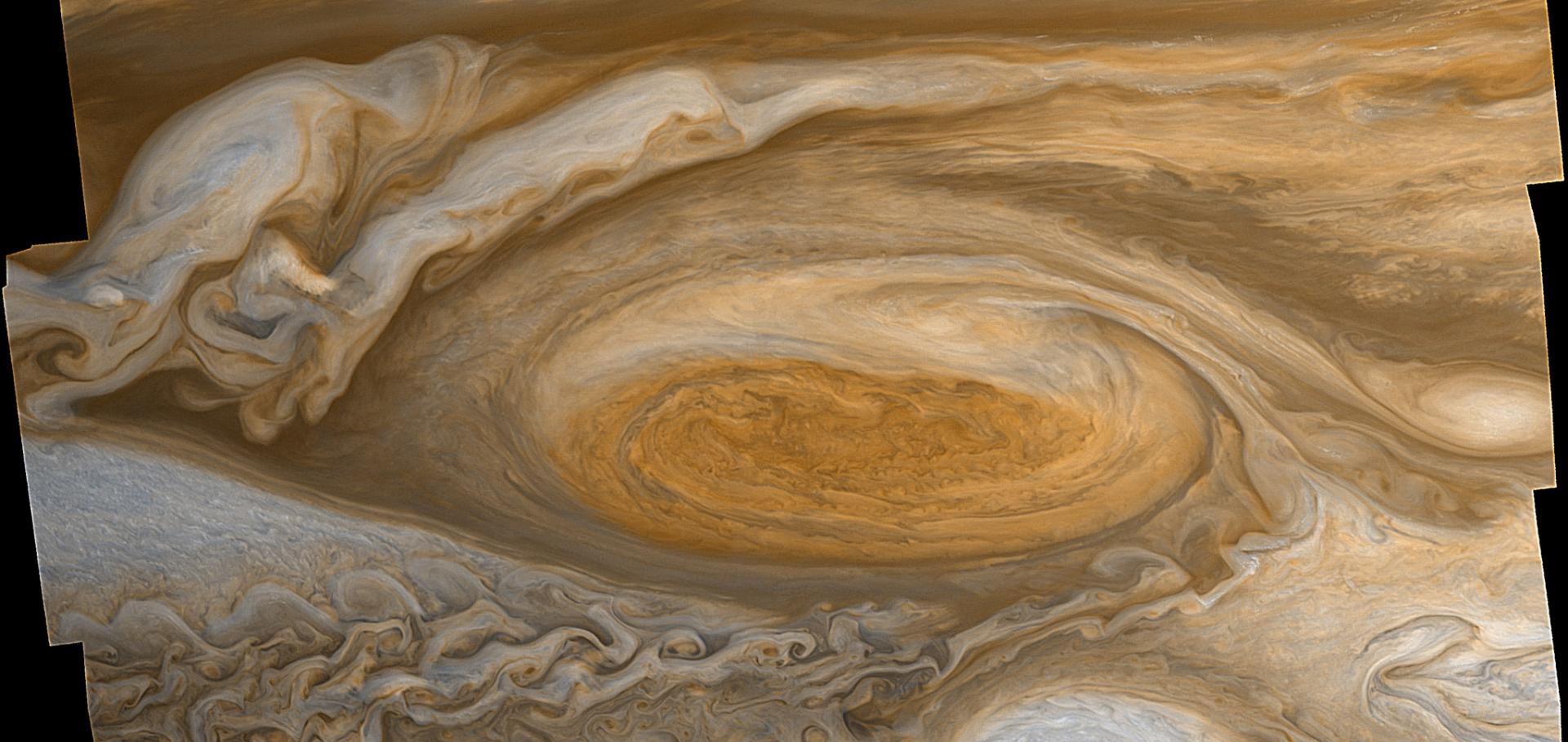Validation of martian meteorological data assimilation for MGS/TES using radio occultation measurements
ICARUS 185:1 (2006) 113-132
Titan's Atmospheric Temperatures, Winds, and Composition.
Science 308 (2005) 975-978
From mixing to geostrophy: geostrophic turbulence in atmospheres, oceans, and the laboratory
Chapter in Marine Turbulence, Cambridge Univ Pr (2005) 52
Abstract:
This 2005 book gives a comprehensive overview of measurement techniques and theories for marine turbulence and mixing processes.Hadley circulation and Kelvin wave-induced equatorial jets in the atmospheres of Jupiter and Saturn
Planetary and Space Science 53 (2005) 508-525
The atmospheric circulation and dust activity in different orbital epochs on Mars
Icarus 174 (2005) 135-160


